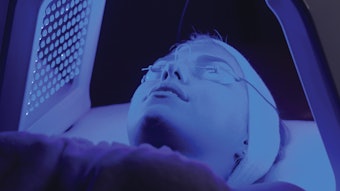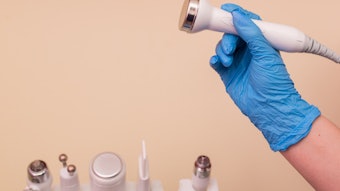
Scott Gottlieb, M.D., FDA Commissioner; and Jeff Shuren, M.D., director of the Center for Devices and Radiological Health (CDRH), released a statement discussing a plan to make changes to the FDA 510(k) clearance pathway. Changing this pathway will allow the FDA to keep pace with the rapidly evolving technology that is entering medical spas and facilities. These changes that are being made are also a part of the Medical Device Safety Action Plan, which was issued in April 2018.
Improving the Path
In a report from the CDRH and Individual CDRH Offices, the changes and steps of improvement that the FDA has planned for the 510(k) pathway are deailed. These changes include:
- The FDA has increased its pre-market expectations for 510(k) submissions;
- The FDA has implemented a Refuse-to-Accept policy to improve the quality of 510(k) submissions;
- The FDA has improved consistency and thoroughness of 510(k) review;
- The FDA has taken steps to eliminate the use of 510(k) for Class III devices; and
- The FDA eliminated the use of more than 1,000 510(k)s as legal predicates.
"As medical device manufacturing has become an increasingly global enterprise, the FDA has taken forceful action to increase inspections of medical device firms, especially those located in foreign countries. Over the past decade, we’ve increased the annual number of international device inspections by 243% taking into account that quality system issues are more likely to occur in firms located overseas,” explained Shuren, M.D.
What the Future Holds
The overall goal of improving this pathway is to also improve the efficiency and safety of the medical devices that are being used or will be created in the future. The report further explained how "Some of the recent innovative policies include efforts to promote the use of real world evidence in regulatory decision-making; to modernize the De-Novo pathway for low to moderate risk novel devices; to enable the use of rigorous, consensus objective criteria to serve as a predicate for future clearances; to build a national patient safety net; to re-envision a regulatory paradigm for digital health products and in vitro diagnostics; and to chart a pre-market review path for breakthrough products. At the same time, we’ve also advanced pathways that can help enable timely patient access to new, innovative and potentially transformative medical devices to help safely treat devastating diseases."
It's time to make some much needed modernized updates to a plan that was initially established in 1976 by Congress. The FDA believes that it is vital for their regulatory approach to continue to evolve and modernize to safely and efficiently continue to advance with the technological opportunities that arise.
"We must look ahead. We not only have to skate to where the puck will be, we also need to drive the puck to where it should be."










